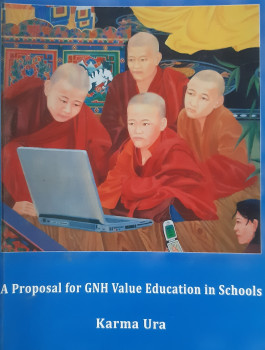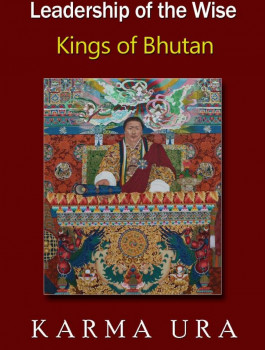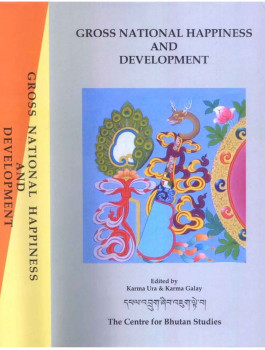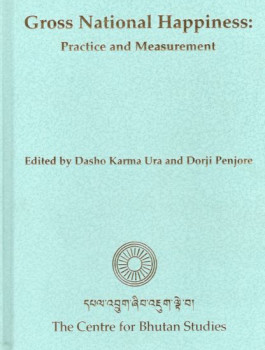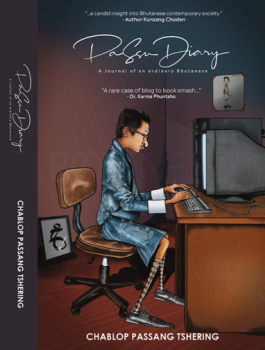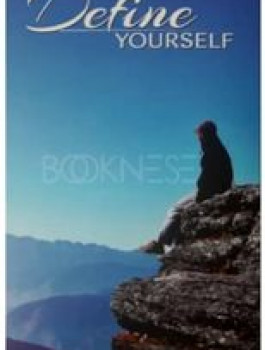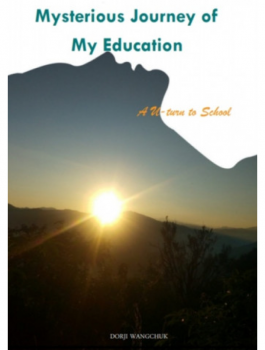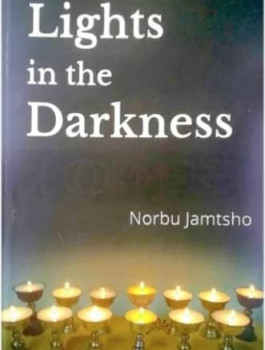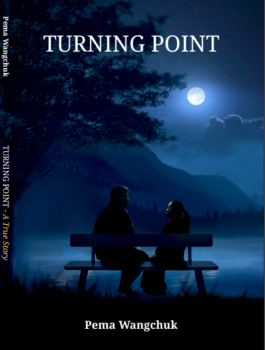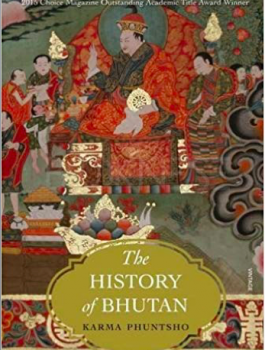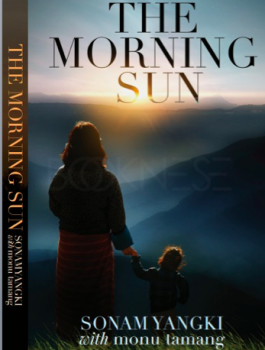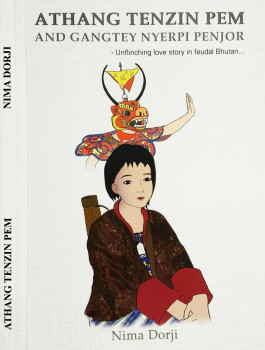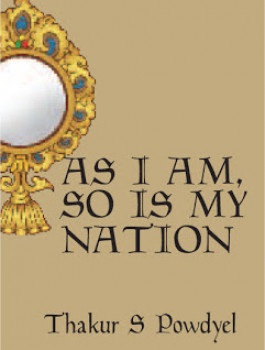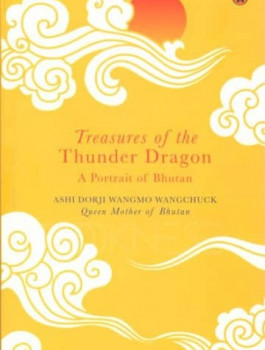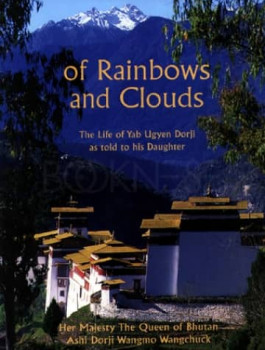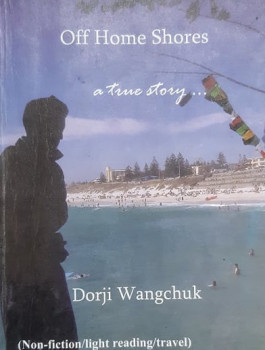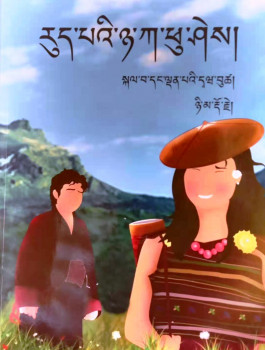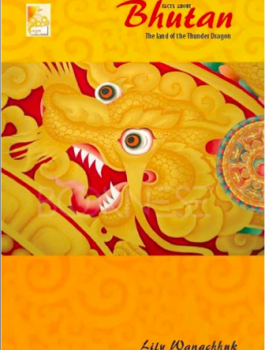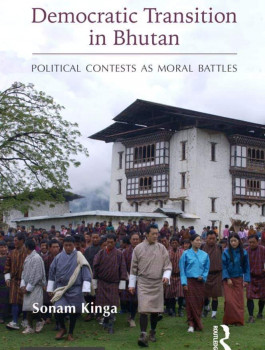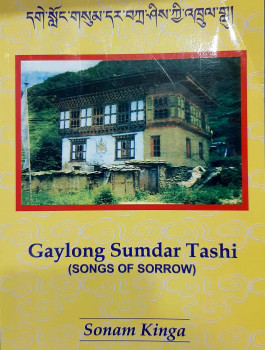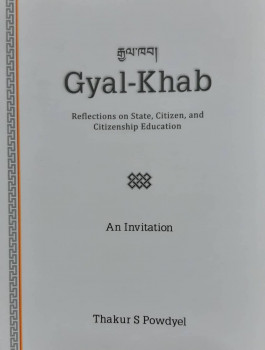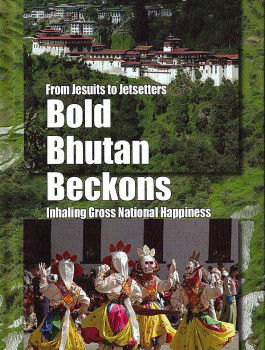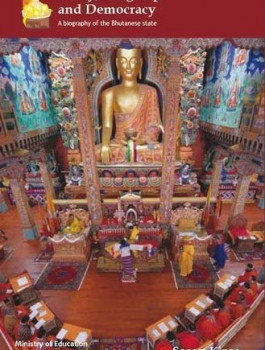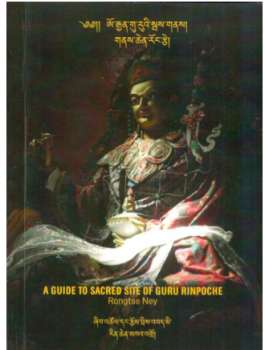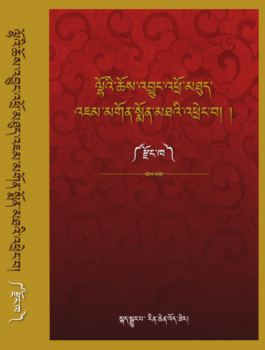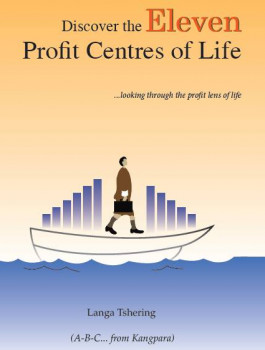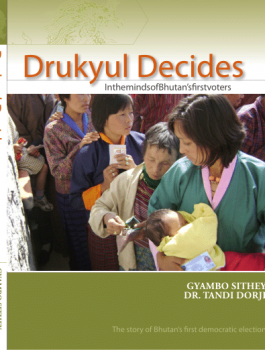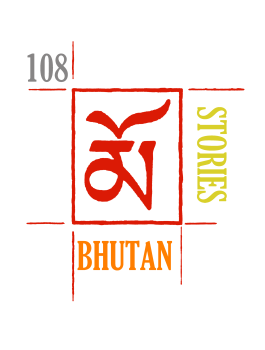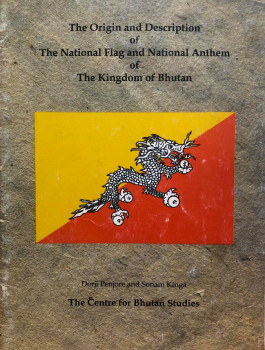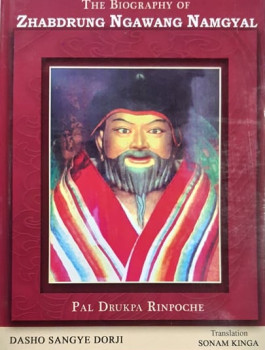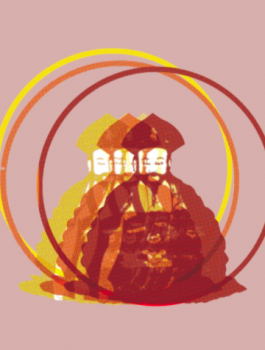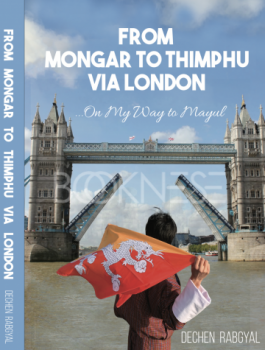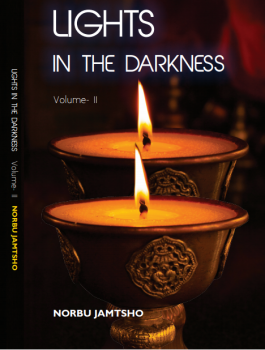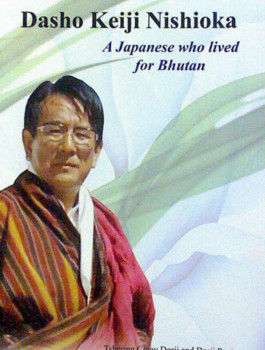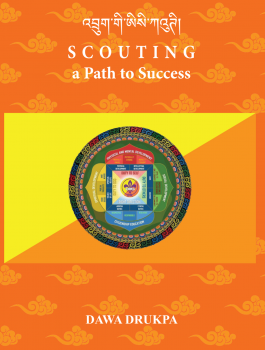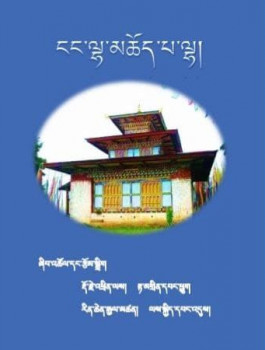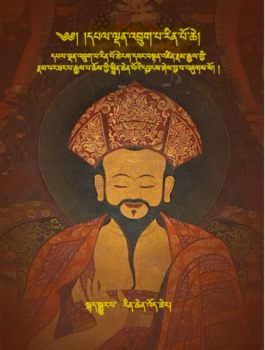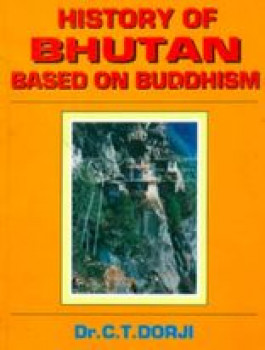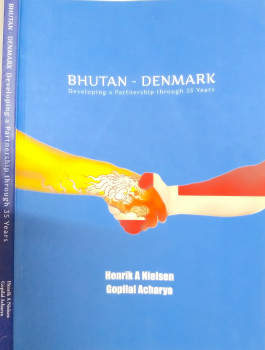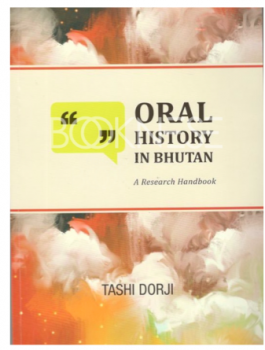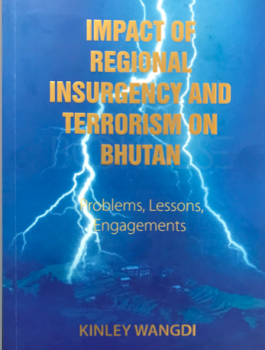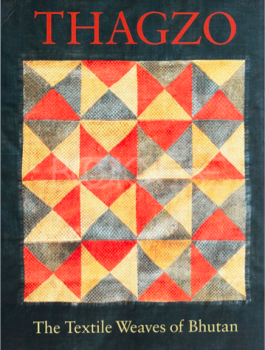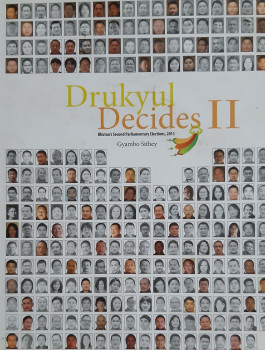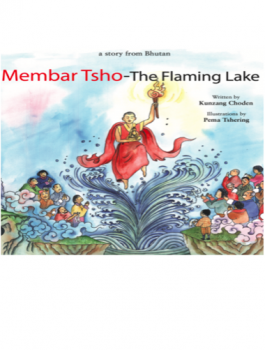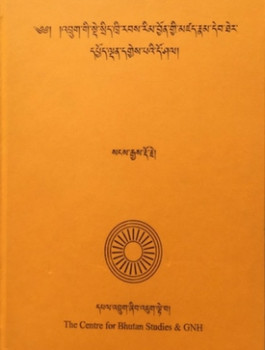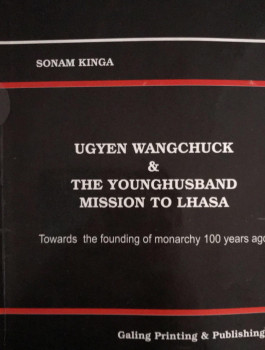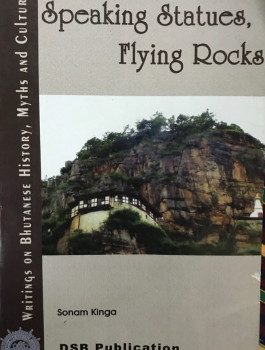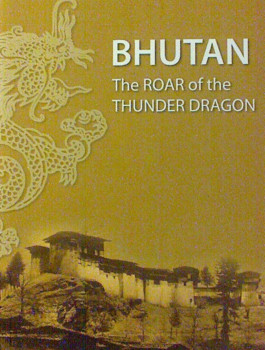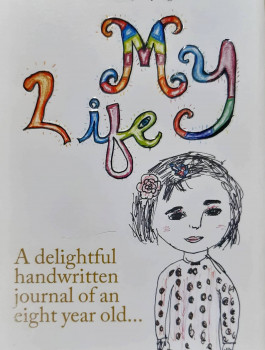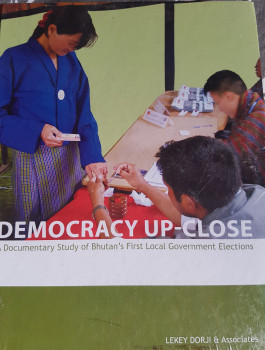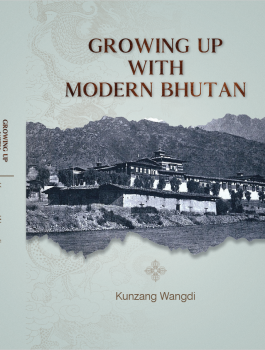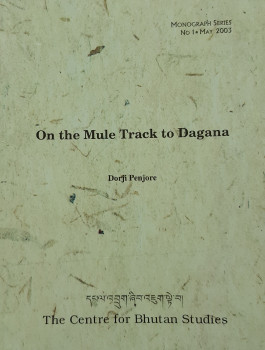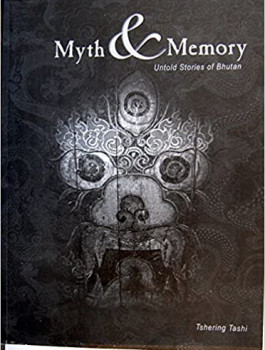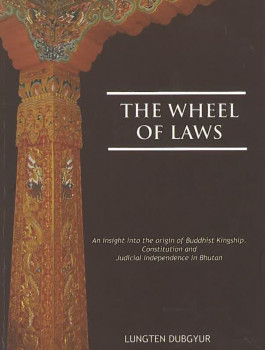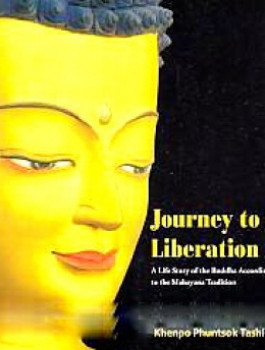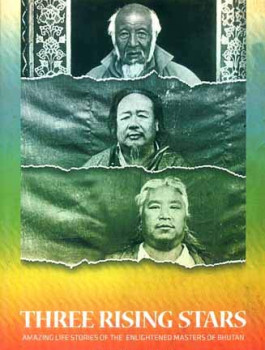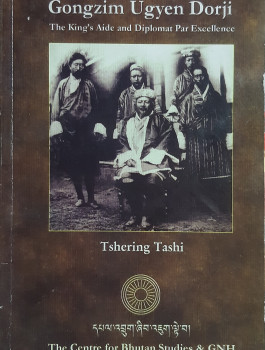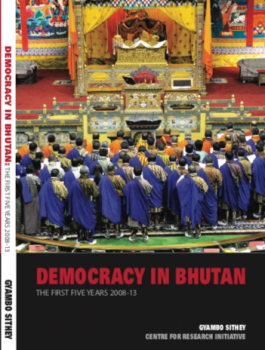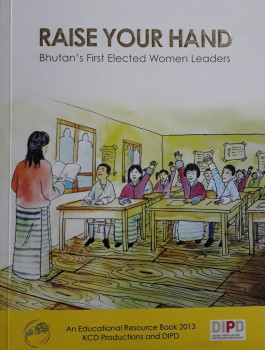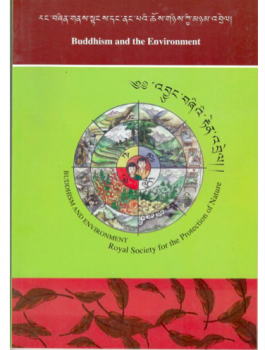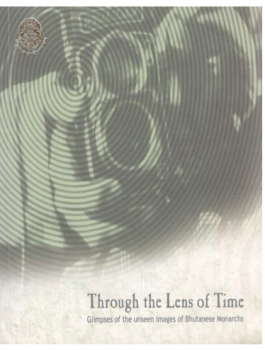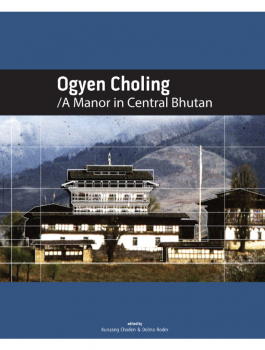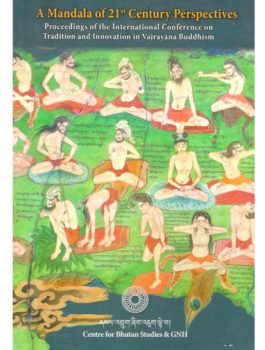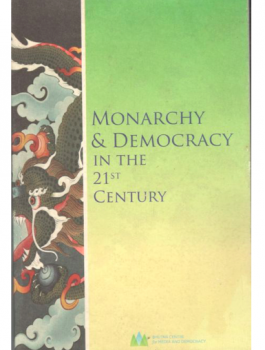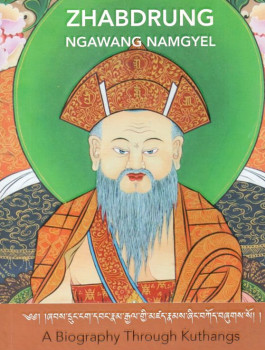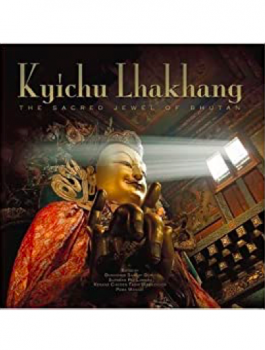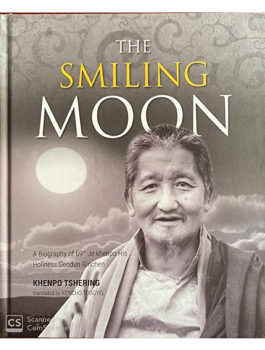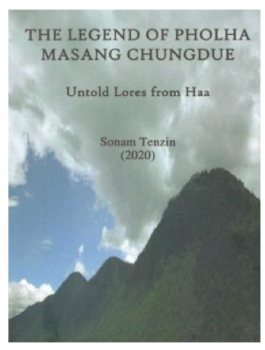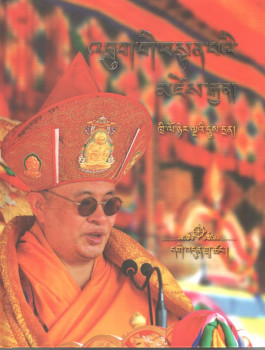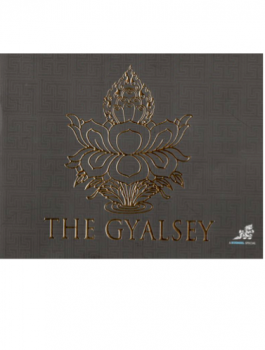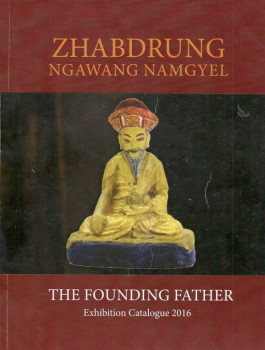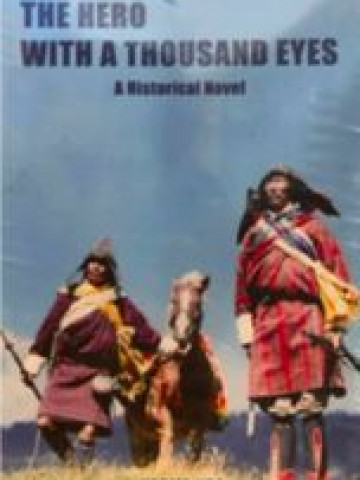
The Hero with a Thousand Eyes: A Historical Novel
(5 reviews)
| Published In: | 2015 |
|---|---|
| ISBN: | 9788175250017 |
| Category: | |
| No. of Pages: | 399 |
Nu. 699.00
Book Overview
Karma Ura's book The Hero with a Thousand Eyes gives a wonderful insight into the protocol and workings of the Bhutanese court in the days of the second king, Jigme Wangchuck
Write a Review
Customer Reviews (5)
A wonderful insight into the life of someone serving in the court of the second and the third king. The book manages to take us us back in time and give a vivid image of how things were, how things worked, and how our country progressed over time because of the benevolence of our great leaders. It being a historical novel, I think it managed to achieve what the author wanted achieved and therefore I don't have any complaints about how straightforward and simple the narrative was. It is not a literary masterpiece but then again, like I said I don't think that was what the author was going for. The only thing that bothered me though was the use of the name "Wangchuck" for those who were not from the royal family. Since the copy I read was the seventh reprint of the book, maybe the people involved with the publication of the book might have overlooked it.
I would have given it a 3.5 out of 5 stars but .5 is not an option here so I am giving it a 3 stars rating, simply for the fact that it is a straightforward narrative of the life in the court of our kings in the past. But I would definitely recommend people to read this book for an in-depth insight into the recent history of our country through the 40's to the 80's that we do not get from our school textbooks.
I would have given it a 3.5 out of 5 stars but .5 is not an option here so I am giving it a 3 stars rating, simply for the fact that it is a straightforward narrative of the life in the court of our kings in the past. But I would definitely recommend people to read this book for an in-depth insight into the recent history of our country through the 40's to the 80's that we do not get from our school textbooks.
The hero with a thousand eyes is a historical novel that tells us about the crucial life in court in the olden days, during the time of our great forefathers. Dasho Kunzang Wangchuk , popularly known as Dasho Shingkhar Lam, who passed away at the age of 86, is the narrator in the novel. He began his diplomatic journey in the court by serving as a Tozeb under His Majesty the second Druk Gyalpo in 1944. Given his competency and commitment, he was appointed as a secretary for successive three kings - second, third and fourth.
After 42 years of continual service in the government, he chose to resign and pick up the thread of his religious life from where he left.
The book is written in the first person point of view which I liked a lot because I could have clear and detailed account of all the experiences and feelings of the narrator.
As the novel unfolds the life of the narrator, one can understand that in the olden days social conduct in the court was very hectic and tiresome. Unlike today, the people were burdened with the taxes and it was difficult for them to even lead hand-to-mouth existence. Most importantly, readers can also have succinct overview of the contributions made by our forefathers. The novel gives the readers room to make comparisons between the life in the present and the past, particularly in the manners of the court.
It also sheds some light on how our country stepped into the process of modernization that began with the in-kind tax reforms and how she has come a long way from being underdeveloped to what she is now.
After 42 years of continual service in the government, he chose to resign and pick up the thread of his religious life from where he left.
The book is written in the first person point of view which I liked a lot because I could have clear and detailed account of all the experiences and feelings of the narrator.
As the novel unfolds the life of the narrator, one can understand that in the olden days social conduct in the court was very hectic and tiresome. Unlike today, the people were burdened with the taxes and it was difficult for them to even lead hand-to-mouth existence. Most importantly, readers can also have succinct overview of the contributions made by our forefathers. The novel gives the readers room to make comparisons between the life in the present and the past, particularly in the manners of the court.
It also sheds some light on how our country stepped into the process of modernization that began with the in-kind tax reforms and how she has come a long way from being underdeveloped to what she is now.
I had no idea such a novel existed. It was quiet a discovery. The book looked like a childrens text books that we used to get distributed for free in the eighties. I ignored it the first time I laid my eyes on it. I was already in my thirties and I was in no mood to even get curious about the content of the book. Not even the size and thickness of the book was going to inspire me to think otherwise. I saw the book in an apartment I once used to frequent. One evening I felt the need to read something. Anything. Every once in a while, I get this weird feeling of being stupid and reading something calms my nerves. That's what happened and that's what made me pick up the book 'Hero With A Thousand Eye/s' and read the first few pages.
Having grown up in a medieval village in Bhutan, I could relate to the lives of the characters from the book and the book being based on historical happenings made it even more intriguing.
I loved it!
Having grown up in a medieval village in Bhutan, I could relate to the lives of the characters from the book and the book being based on historical happenings made it even more intriguing.
I loved it!
This three hundred twenty nine pages book is written in the first person point of view. The author uses simple language and the Bhutanese reader can easily connect to the story as the setting is in Bhutan spanning from 1940s to 1980. The book chronicles the life and journey of Dasho Shinkhar Lam starting from the time when he was groomed to follow the foot steps of his father as he was recognized as the reincarnation of the lama of Wamtshespa; the hereditary lama of Shingkhar village in Bumthang. The twist and turns of events bought him to be a retainer at the age of sixteen at Wangdicholing Palace in 1944 along with his younger brother.
He vividly takes us through the cramped store room (his bedroom) of the widow lady who gives him shelter at her house in Wangdichloing while he attends duty at the royal court. He narrates the long queues gathered to call on His Majesty The Second King JigmeWangchuckat the Wangdecholing Palace and later puts forth a typical day in His Majesty’s life. He touches exclusively on the preparations involved when the royal Court leaves for the winter Palace from Bumthang to Trongsa Kinga Rabten palace.
At certain segments in the book, you get to glimpse into his love affairs and how relationships were regarded then. The detailed taxation system during the reign of second King is brought to forefront as the protagonist was directly involved in collection of tax as well as in the reforms of taxation in Bhutan then. Though we learnt about the tax reforms in history, we didn’t know how it was implemented and how it used to be before the reforms. So history teachers can delve into the book and share with our Millennials the kind of life style Bhutanese led in the 1990s. School teachers and aspiring historians could use the information on taxation and how reforms were painfully done across the country during the reign of our third King JigmeDorjiWangchuck; a father’s dream realized by the son for the welfare of the citizenry in the country.
The reader gets to rewind history of Bhutan and fast forward the unprecedented development in the country; starting with Bhutan joining the Colombo Plan(1963) to becoming a member of the United Nations(1971), from the building of mule tracks to the construction of modern road from Phuntsholing to Thimphu (1972) and the architect involved behind the scenes.
Dasho Shingkhar Lam assumes the role of the 5th speaker in the National Assembly and takes one through low phases of time in the history of Bhutan when His Majesty the third King passes away untimely at Kenya. The atmosphere lightens up a little when he gets fully involved in the preparation for the Coronation of the 4th King, His Majesty JigmeSingyeWangchuck.
If parents want to let their children get a glimpse of how life used to be in the early 1930s to late 1970s in rural Bhutan, this book sheds light on it. One can’t help but admire and appreciate our Monarchs for their love and affection for their subjects to the extent that they neglect their health to work for the country. The Bhutanese people’s sentiments and bond resonate in the speech addressed by the Speaker in the 37th National Assembly; while His Majesty the 3rd King lay in state in Thimphu from 23rd July to 19th October, 1972:
“We experience peace and comfort due to the blessed unity and cooperation that exists between all the people. We are like amicable members of a household and we ought to be selfless enough to think about the larger interest of the country. Above all, there is unblemished faith and loyalty between the King and the people. We have a culture where the ruler treats his people with more love and affection than his off springs, and where people revere their King like a God and regard every act of the King as wise. The faith and loyalty between the King and the people is so constant that it can be hardly found anywhere else.”
He vividly takes us through the cramped store room (his bedroom) of the widow lady who gives him shelter at her house in Wangdichloing while he attends duty at the royal court. He narrates the long queues gathered to call on His Majesty The Second King JigmeWangchuckat the Wangdecholing Palace and later puts forth a typical day in His Majesty’s life. He touches exclusively on the preparations involved when the royal Court leaves for the winter Palace from Bumthang to Trongsa Kinga Rabten palace.
At certain segments in the book, you get to glimpse into his love affairs and how relationships were regarded then. The detailed taxation system during the reign of second King is brought to forefront as the protagonist was directly involved in collection of tax as well as in the reforms of taxation in Bhutan then. Though we learnt about the tax reforms in history, we didn’t know how it was implemented and how it used to be before the reforms. So history teachers can delve into the book and share with our Millennials the kind of life style Bhutanese led in the 1990s. School teachers and aspiring historians could use the information on taxation and how reforms were painfully done across the country during the reign of our third King JigmeDorjiWangchuck; a father’s dream realized by the son for the welfare of the citizenry in the country.
The reader gets to rewind history of Bhutan and fast forward the unprecedented development in the country; starting with Bhutan joining the Colombo Plan(1963) to becoming a member of the United Nations(1971), from the building of mule tracks to the construction of modern road from Phuntsholing to Thimphu (1972) and the architect involved behind the scenes.
Dasho Shingkhar Lam assumes the role of the 5th speaker in the National Assembly and takes one through low phases of time in the history of Bhutan when His Majesty the third King passes away untimely at Kenya. The atmosphere lightens up a little when he gets fully involved in the preparation for the Coronation of the 4th King, His Majesty JigmeSingyeWangchuck.
If parents want to let their children get a glimpse of how life used to be in the early 1930s to late 1970s in rural Bhutan, this book sheds light on it. One can’t help but admire and appreciate our Monarchs for their love and affection for their subjects to the extent that they neglect their health to work for the country. The Bhutanese people’s sentiments and bond resonate in the speech addressed by the Speaker in the 37th National Assembly; while His Majesty the 3rd King lay in state in Thimphu from 23rd July to 19th October, 1972:
“We experience peace and comfort due to the blessed unity and cooperation that exists between all the people. We are like amicable members of a household and we ought to be selfless enough to think about the larger interest of the country. Above all, there is unblemished faith and loyalty between the King and the people. We have a culture where the ruler treats his people with more love and affection than his off springs, and where people revere their King like a God and regard every act of the King as wise. The faith and loyalty between the King and the people is so constant that it can be hardly found anywhere else.”
During my days in school in 90s, this was the only book by Bhutanese on the library shelves among the thousands of other books. One can imagine how lonely this book must have felt.
Dasho Karma Ura, the undisputed authority on Bhutanese History, became a part of history himself by becoming the first Bhutanese to publish a book in English, there by forging a new path for us.
The book, which can now be considered a classic, take us back in time through the memory of Dasho Shingkhar Lam. It’s interestingly written in first person, and one can get the feeling of being there in the moment as Dasho Shingkhar Lam walks his way across history from the court of Second King to Third King.
Dasho Karma Ura, the undisputed authority on Bhutanese History, became a part of history himself by becoming the first Bhutanese to publish a book in English, there by forging a new path for us.
The book, which can now be considered a classic, take us back in time through the memory of Dasho Shingkhar Lam. It’s interestingly written in first person, and one can get the feeling of being there in the moment as Dasho Shingkhar Lam walks his way across history from the court of Second King to Third King.



